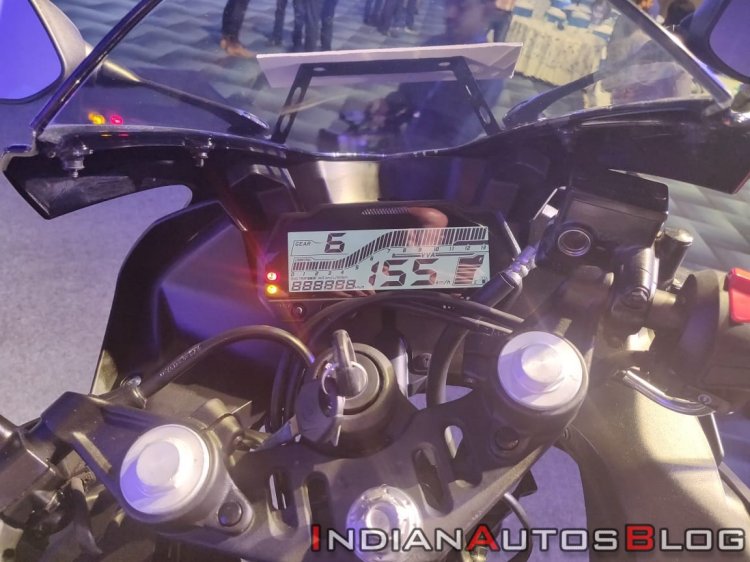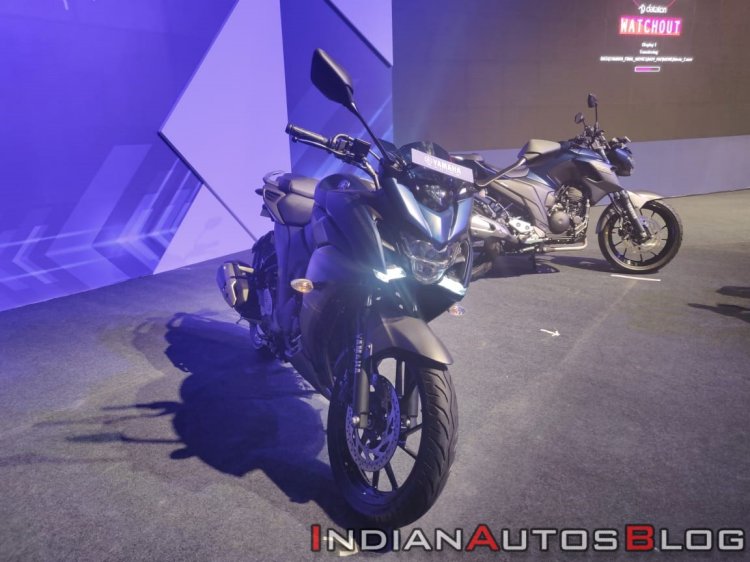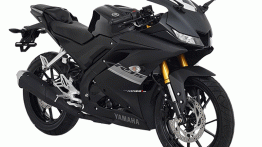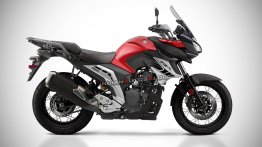A report from December 2018 claimed that Yamaha would introduce Bluetooth-enabled instrument clusters to products in India. We took the launch of the FZ Fi and FZ-S Fi in Bangalore as an opportunity to learn about them. While interacting with Indian Autos Blog, Ravinder Singh, Sr. VP, Strategy & Planning, Yamaha Motor India Sales (YMIS) said that the tech is under development and that the R&D team is working on the cost and technical factors.

Also read: Yamaha R15 V3.0 ABS Darknight - 9 Live images
Ravinder Singh said:
What kind of value can we give to the customer? We are working on many things. Cost is another factor and the value, which we have to give as a differentiation. There are many things in the pipeline and we will introduce them at the right time. We keep on studying many things, what is the differentiating factor in our product that customers expect, and then we can deliver. Our R&D is still working on the cost, and how it will be adaptable to the product.
Singh remained tight-lipped about details regarding the tech, and the timeline of its arrival. However, we expect Yamaha to use BS-VI deadline (April 1, 2020) as the opportunity to roll-out new tech to their products. It would be aimed to entice the growing young buyers. A previous report suggested that the Bluetooth system would be accompanied by a mobile application and will allow controlling music, calls and messages on the go.
Currently, Bluetooth-enabled instrument consoles are seen on mass-market products KTM 390 Duke (2017 onwards) and the TVS Ntorq 125.
Yamaha India’s newly appointed Chairman, Motofumi Shitara had said in an interview that the company would have an exciting product portfolio. Shitara said that the company expects people to upgrade in the future and Yamaha will have a suitable portfolio to meet their needs.

Also read: Autologue Design creates Yamaha YZF-R3 cafe racer render with RD350 inspired styling
In more updates, Yamaha India will be concentrating on premium motorcycle segment. The 100-110cc bikes would be exported to emerging markets like Africa and Latin America.




















